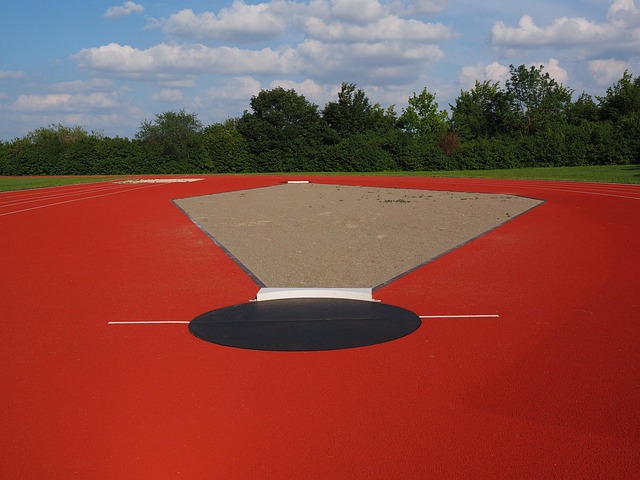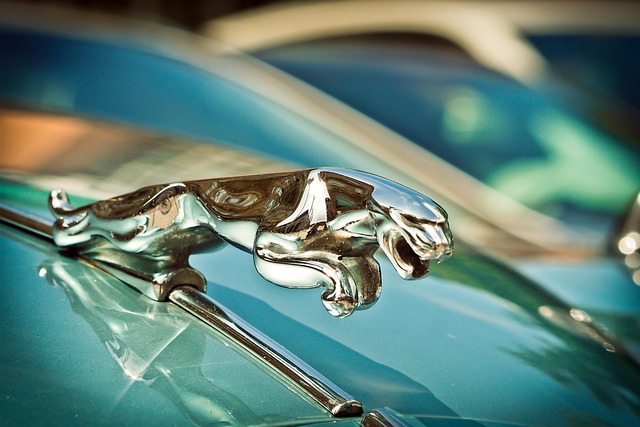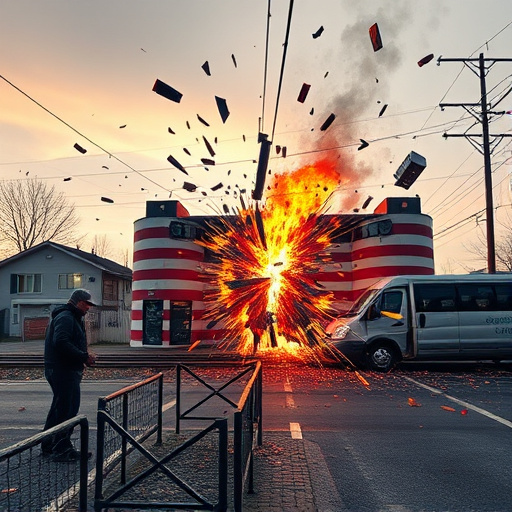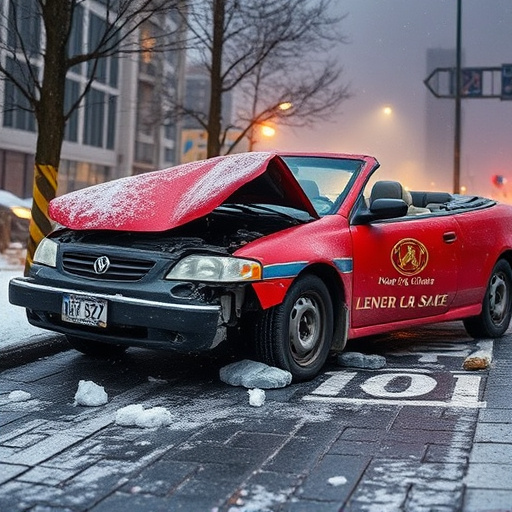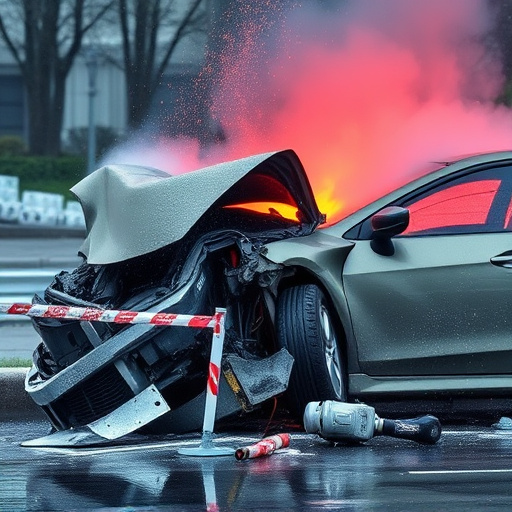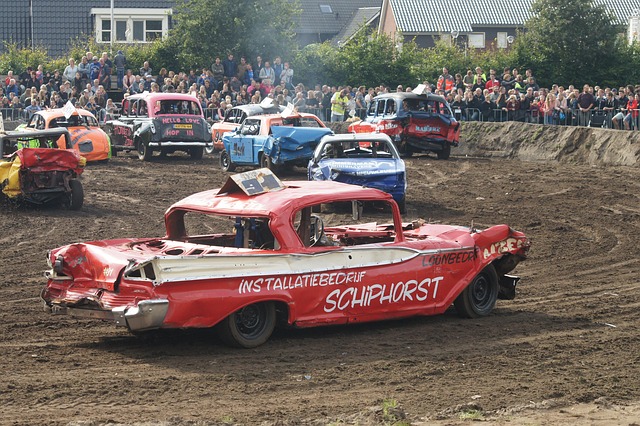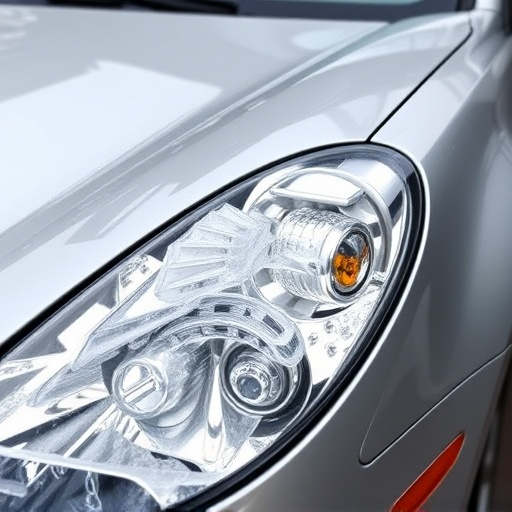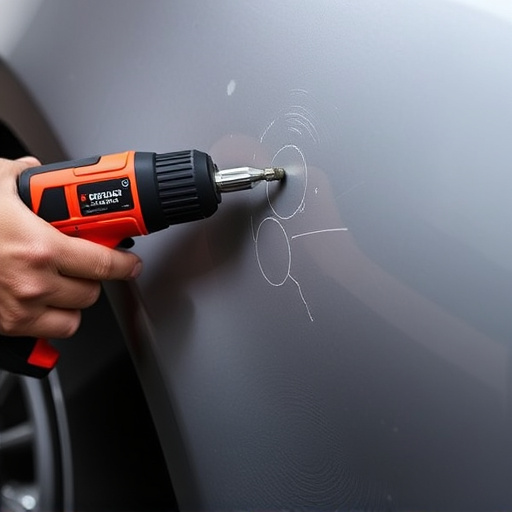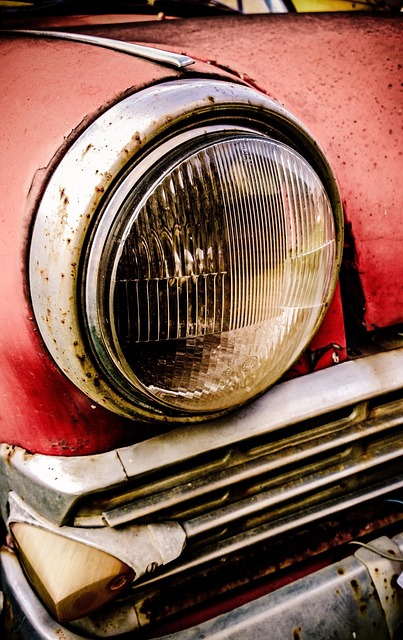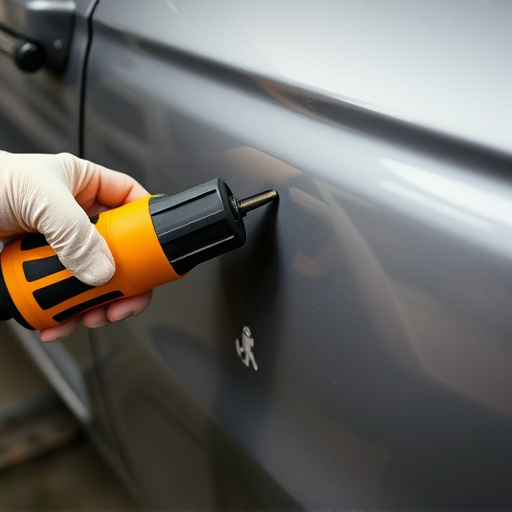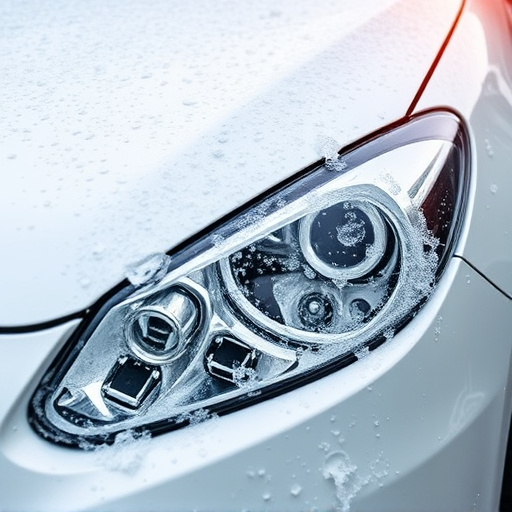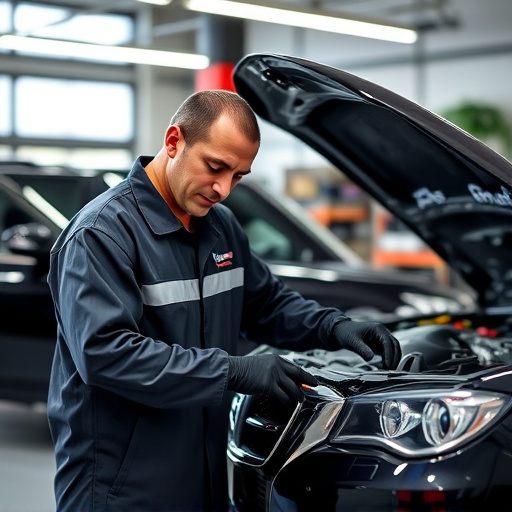Cooling system collision repair involves inspecting and repairing critical components like radiators, hoses, water pumps, fans, sensors, and thermostats to ensure optimal engine temperature regulation. Direct impacts can cause significant damage, leading to leaks or system failure. Proper repair prevents future overheating issues, maintains heat transfer efficiency, and ensures safety and performance. Advanced diagnostic tools and paintless dent repair techniques help restore cosmetic appeal while ensuring critical cooling system parts function optimally.
After a collision, vehicle owners often encounter issues with their cooling systems. This can be a significant concern, as proper functioning is vital to prevent overheating and damage. In this article, we explore common problems in cooling systems post-collision damage. We guide you through assessing components, understanding failures in radiators and condensers, and offering effective repair strategies for leaks and operational challenges. Learn how to tackle these issues efficiently for optimal vehicle performance and safety during cool-down periods.
- Assessing Cooling System Components After Collisions
- Common Failures in Radiators and Condensers
- Repair Strategies for Leaks and Operational Issues Post-Collision
Assessing Cooling System Components After Collisions
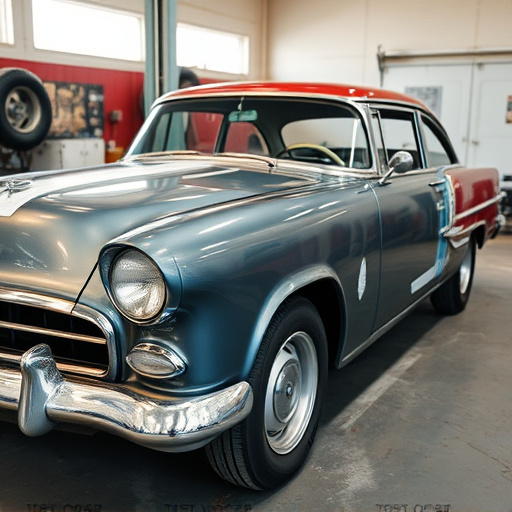
After a collision, assessing the cooling system components is crucial for efficient cooling system collision repair. The initial step involves inspecting the radiator, which is a vital part that helps dissipate heat from the engine. Signs of damage may include cracks or leaks, indicating the need for replacement. Other essential components to check are the hoses, which can be susceptible to wear and tear, as well as the water pump, responsible for circulating coolant throughout the system.
In an automotive body shop, experienced technicians will also evaluate the condition of the cooling fan, heat sensors, and thermostats. These parts play a critical role in maintaining optimal engine temperature. Moreover, with frame straightening, it’s not uncommon to encounter misaligned components affecting coolant flow. Ensuring each element is functioning correctly is key to preventing future overheating issues and guaranteeing efficient cooling system collision repair.
Common Failures in Radiators and Condensers
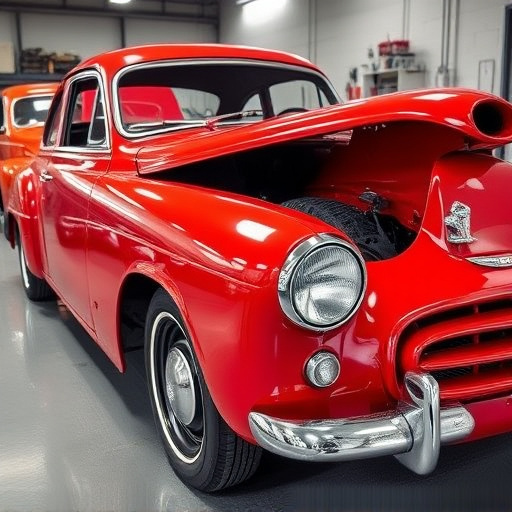
In the event of a collision, one of the most commonly affected components of a vehicle’s cooling system is the radiator and condenser. These vital parts work together to dissipate heat generated by the engine, ensuring optimal performance and preventing overheating. A direct impact can cause significant damage, leading to leaks or complete failure of these systems. Radiators, with their intricate networks of tubes and fins, are susceptible to dents, cracks, or even complete deformation during a collision. Similarly, condensers, designed to cool the hot gas from the engine, can suffer from damage to their coils or fan blades, reducing their efficiency.
Proper cooling system collision repair is crucial to prevent further complications. Skilled technicians must carefully assess and replace any damaged components to ensure efficient heat transfer and maintain the vehicle’s overall performance. While fender repair and car dent removal often capture more attention after an accident, giving equal consideration to the cooling system is essential to avoid long-term issues, such as engine overheating or reduced fuel efficiency.
Repair Strategies for Leaks and Operational Issues Post-Collision
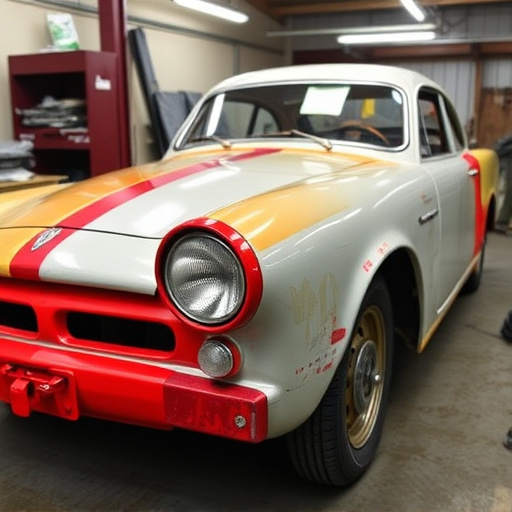
After a collision, your vehicle’s cooling system may present leaks or operational issues. The first step in cooling system collision repair is identifying the source of the problem. Leaks can originate from various components like hoses, radiators, or even the cooling fan. Auto body services often employ advanced diagnostic tools to pinpoint these issues accurately. Once detected, repairs can range from replacing faulty hoses using high-quality materials to more complex jobs like rebuilding or substituting the entire radiator.
In many cases, paintless dent repair techniques can be utilized to restore the cooling system components’ aesthetic appeal without the need for extensive repainting. For instance, Mercedes Benz repair specialists have mastered these methods, ensuring that even after a collision, critical parts of your vehicle’s cooling system not only function optimally but also retain their original look, enhancing both safety and visual satisfaction.
After a collision, thorough assessment and timely maintenance of your vehicle’s cooling system are crucial for preventing long-term damage. Common issues like radiator and condenser failures can be addressed through effective repair strategies, ensuring optimal performance and longevity. By understanding the potential problems and implementing suitable solutions, owners can efficiently manage post-collision repairs, ultimately enhancing the overall reliability of their cooling system. This proactive approach to collision repair contributes to a smoother driving experience and reduces the risk of unexpected breakdowns.
